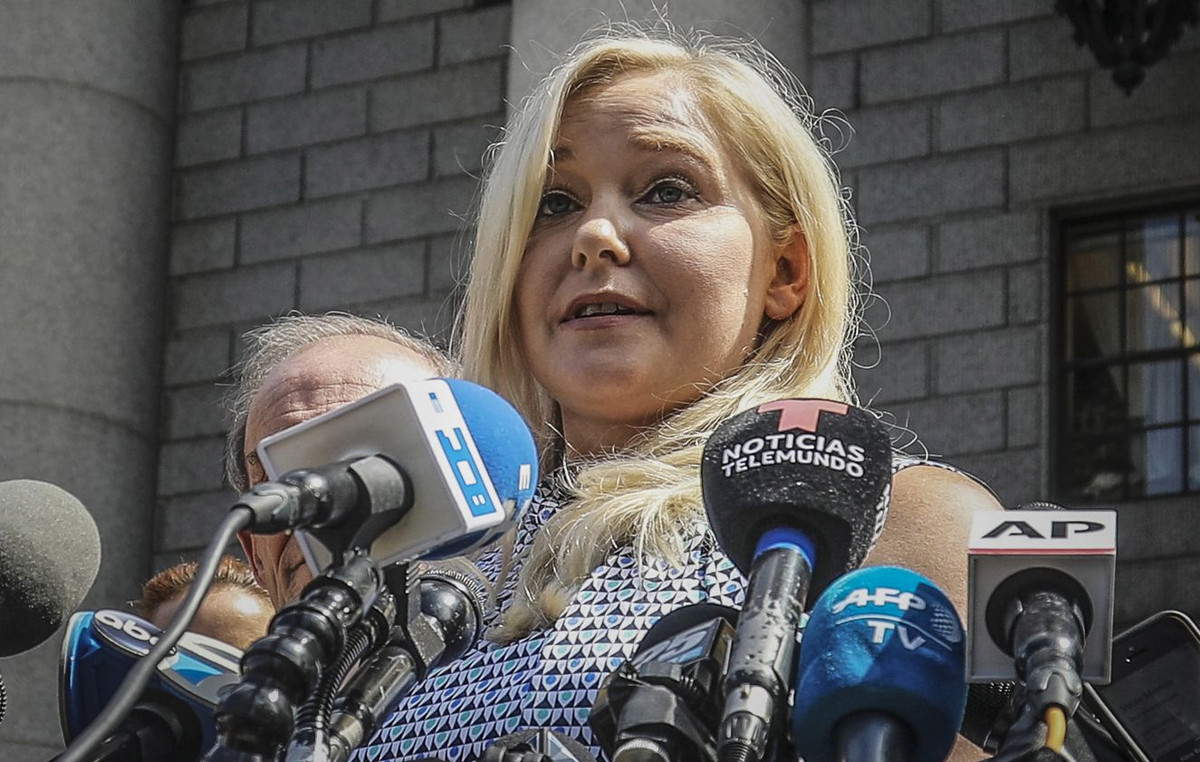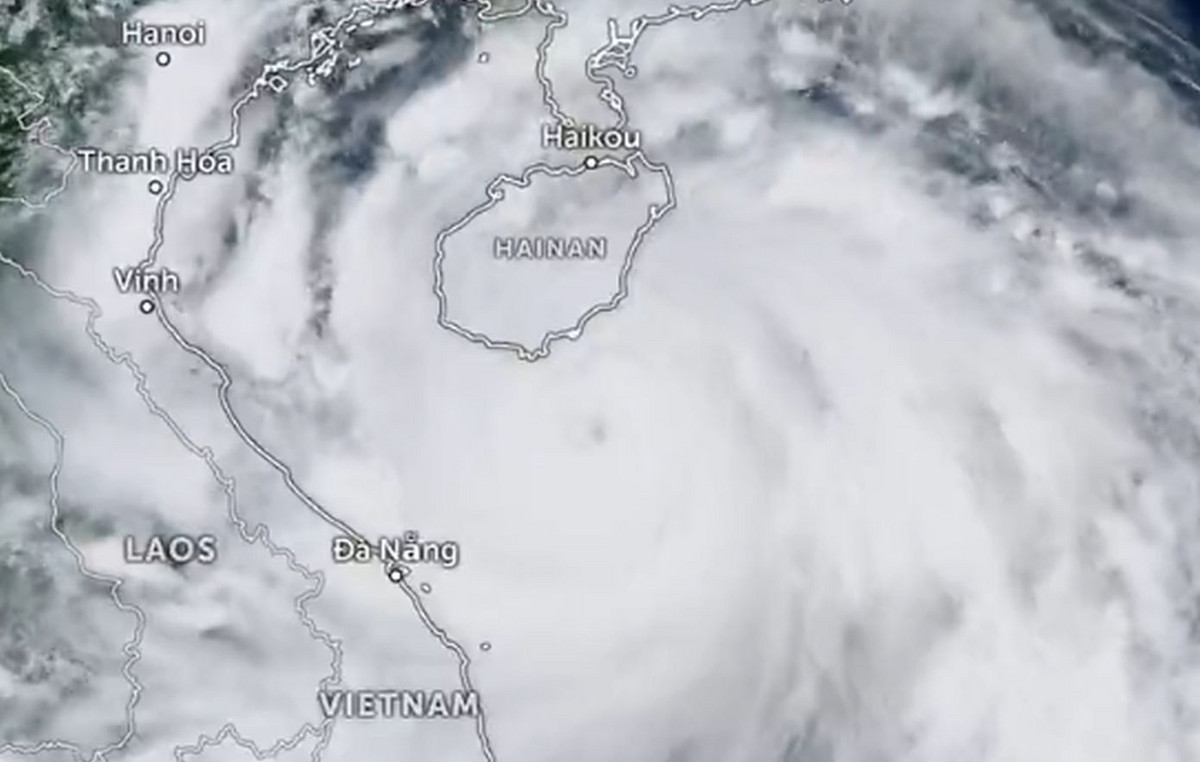- The American dollar index collapses about 97.00 since the political tensions between Trump and Powell have reduced their demand as a safe refuge.
- Powell of the Fed said that the Central Bank needs more time to assess the impact of tariffs on inflation before considering cuts in interest rates.
- The high fire between Israel and Iran also has decreased the demand of the USD as a safe refuge.
The US dollar (USD) faces a strong sales pressure on Thursday, since the president of the United States (USA), Donald Trump, again lashed out against the president of the Federal Reserve (Fed), Jerome Powell, for arguing in favor of maintaining the cuts of interest rates in the upcoming monetary policy meetings during his semiannual testimony before the Senate on June 24-25.
This movement has led to a strong drop in the US dollar, sending the US dollar index (DXY) about 97.00, the lowest level seen in more than three years.
American dollar today
The lower table shows the percentage of US dollar change (USD) compared to the main coins today. American dollar was the weakest currency against Japanese and in Japanese.
| USD | EUR | GBP | JPY | CAD | Aud | NZD | CHF | |
|---|---|---|---|---|---|---|---|---|
| USD | -0.34% | -0.35% | -0.55% | -0.30% | -0.37% | -0.22% | -0.36% | |
| EUR | 0.34% | 0.05% | -0.24% | 0.07% | 0.00% | 0.13% | 0.00% | |
| GBP | 0.35% | -0.05% | -0.30% | 0.02% | -0.04% | 0.10% | -0.04% | |
| JPY | 0.55% | 0.24% | 0.30% | 0.27% | 0.22% | 0.33% | 0.22% | |
| CAD | 0.30% | -0.07% | -0.02% | -0.27% | -0.05% | -0.01% | -0.06% | |
| Aud | 0.37% | -0.01% | 0.04% | -0.22% | 0.05% | 0.05% | 0.00% | |
| NZD | 0.22% | -0.13% | -0.10% | -0.33% | 0.00% | -0.05% | -0.05% | |
| CHF | 0.36% | -0.01% | 0.04% | -0.22% | 0.06% | -0.01% | 0.05% |
The heat map shows the percentage changes of the main currencies. The base currency is selected from the left column, while the contribution currency is selected in the upper row. For example, if you choose the US dollar of the left column and move along the horizontal line to the Japanese yen, the percentage change shown in the box will represent the USD (base)/JPY (quotation).
President Trump described Powell as “terrible” for not lowering interest rates and confirmed that he has three or four names in mind of which he will appoint one as his replacement, Reuters reported.
Meanwhile, the Wall Street Journal reported that Powell’s successor could be chosen as soon as in summer. According to the report, Trump could consider former Fed governor Kevin Warsh, and the director of the National Economic Council, Kevin Hassett. The secretary of the Treasury, Scott Besent, is being presented to Trump by the associates of both men as a possible contender.
Other candidates include former World Bank president, David Malpass, and the governor of the FED, Christopher Waller.
In the two -day testimony, Jerome Powell declared that the Central Bank is well positioned to “wait to learn more about the probable course of the economy before considering any adjustment to our policy position.” He warned that tariff inflation could be “persistent” and “not a specific increase.”
This week, the US dollar has remained in an unfavorable position since the announcement of the high fire between Israel and Iran decreased its demand as a safe refuge.
US dollar FAQS
The US dollar (USD) is the official currency of the United States of America, and the “de facto” currency of a significant number of other countries where it is in circulation along with local tickets. According to data from 2022, it is the most negotiated currency in the world, with more than 88% of all global currency change operations, which is equivalent to an average of 6.6 billion dollars in daily transactions. After World War II, the USD took over the pound sterling as a world reserve currency.
The most important individual factor that influences the value of the US dollar is monetary policy, which is determined by the Federal Reserve (FED). The Fed has two mandates: to achieve price stability (control inflation) and promote full employment. Its main tool to achieve these two objectives is to adjust interest rates. When prices rise too quickly and inflation exceeds the 2% objective set by the Fed, it rises the types, which favors the price of the dollar. When inflation falls below 2% or the unemployment rate is too high, the Fed can lower interest rates, which weighs on the dollar.
In extreme situations, the Federal Reserve can also print more dollars and promulgate quantitative flexibility (QE). The QE is the process by which the Fed substantially increases the flow of credit in a stuck financial system. It is an unconventional policy measure that is used when the credit has been exhausted because banks do not lend each other (for fear of the default of the counterparts). It is the last resort when it is unlikely that a simple decrease in interest rates will achieve the necessary result. It was the weapon chosen by the Fed to combat the contraction of the credit that occurred during the great financial crisis of 2008. It is that the Fed prints more dollars and uses them to buy bonds of the US government, mainly of financial institutions. Which usually leads to a weakening of the US dollar.
The quantitative hardening (QT) is the reverse process for which the Federal Reserve stops buying bonds from financial institutions and does not reinvote the capital of the wallet values that overcome in new purchases. It is usually positive for the US dollar.
Source: Fx Street
I am Joshua Winder, a senior-level journalist and editor at World Stock Market. I specialize in covering news related to the stock market and economic trends. With more than 8 years of experience in this field, I have become an expert in financial reporting.







